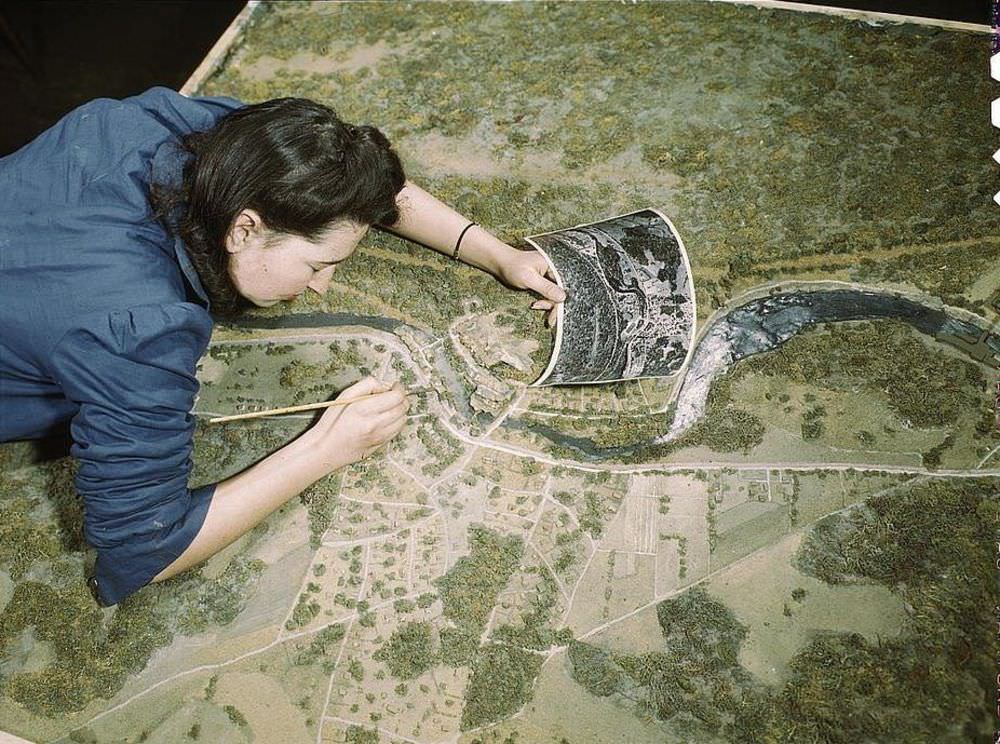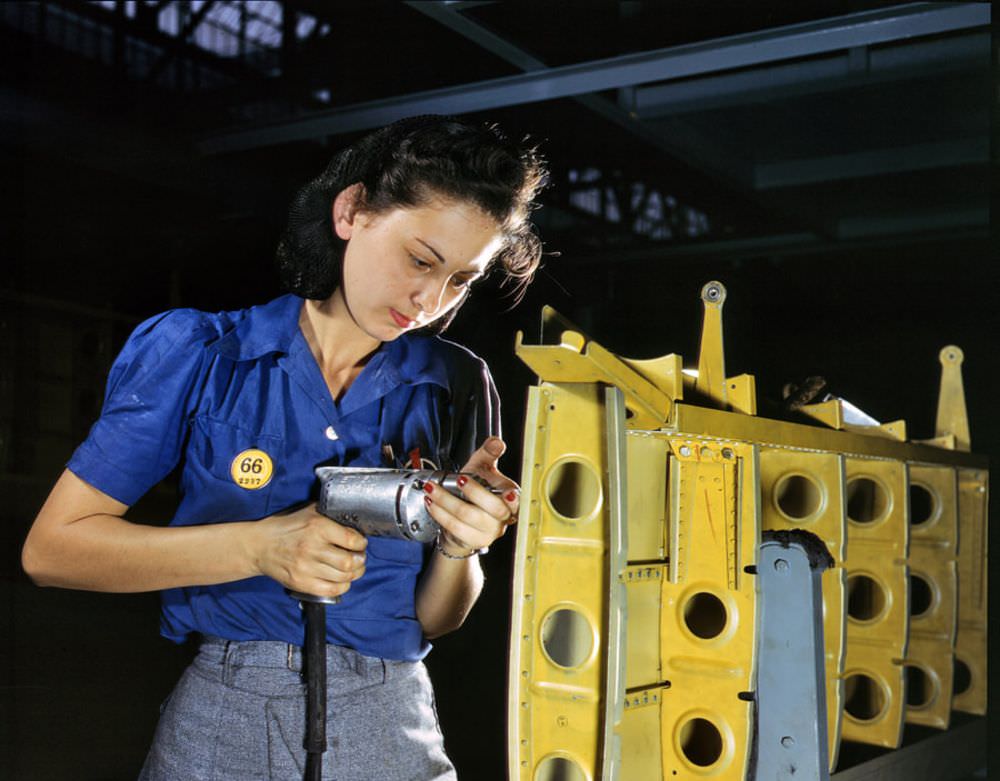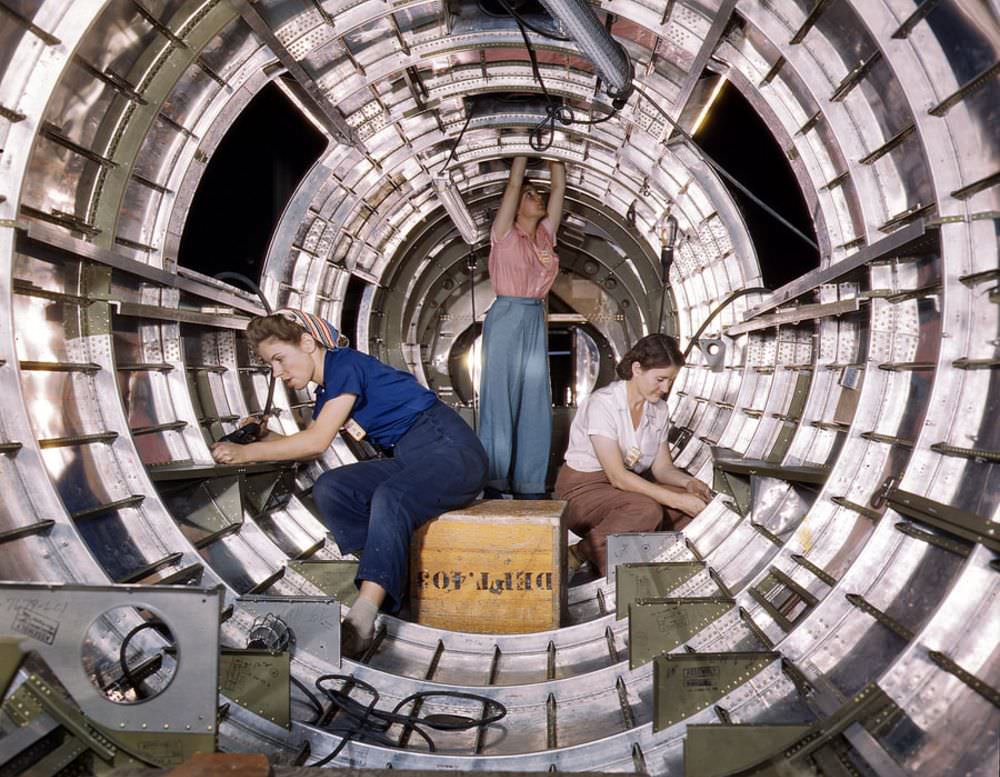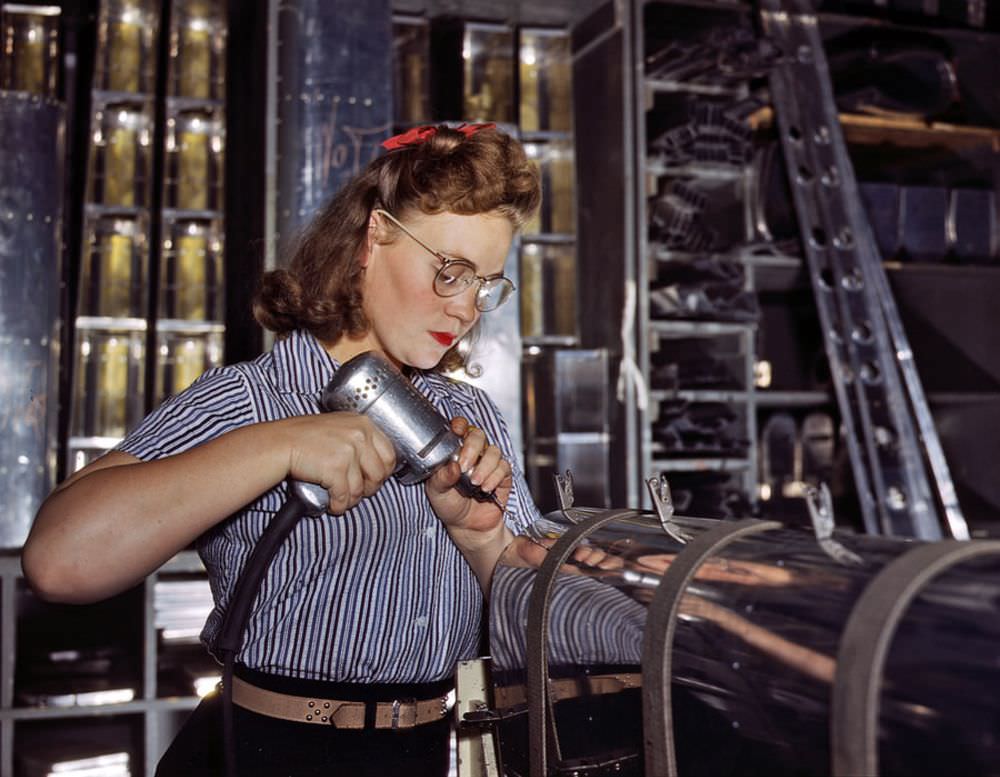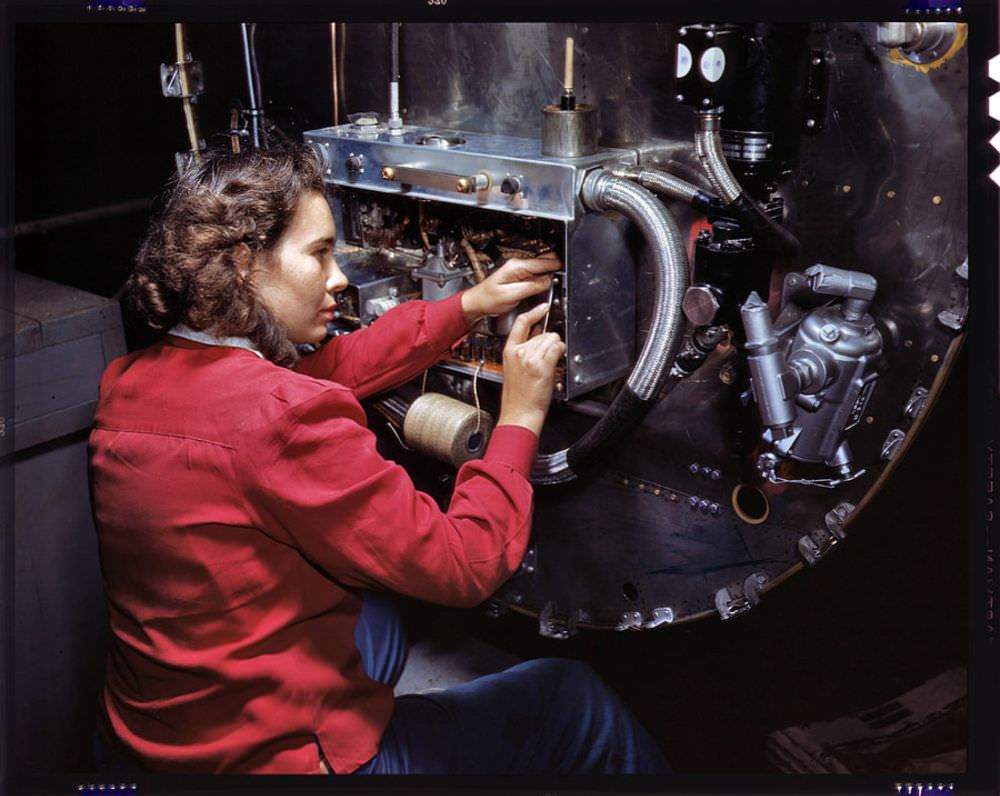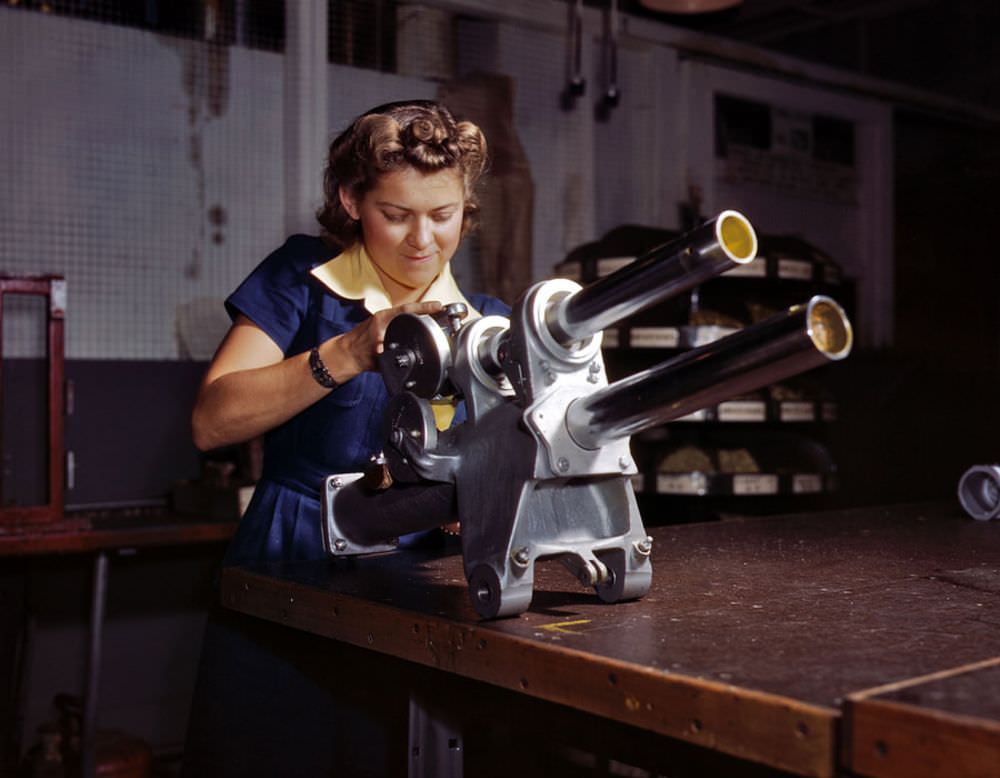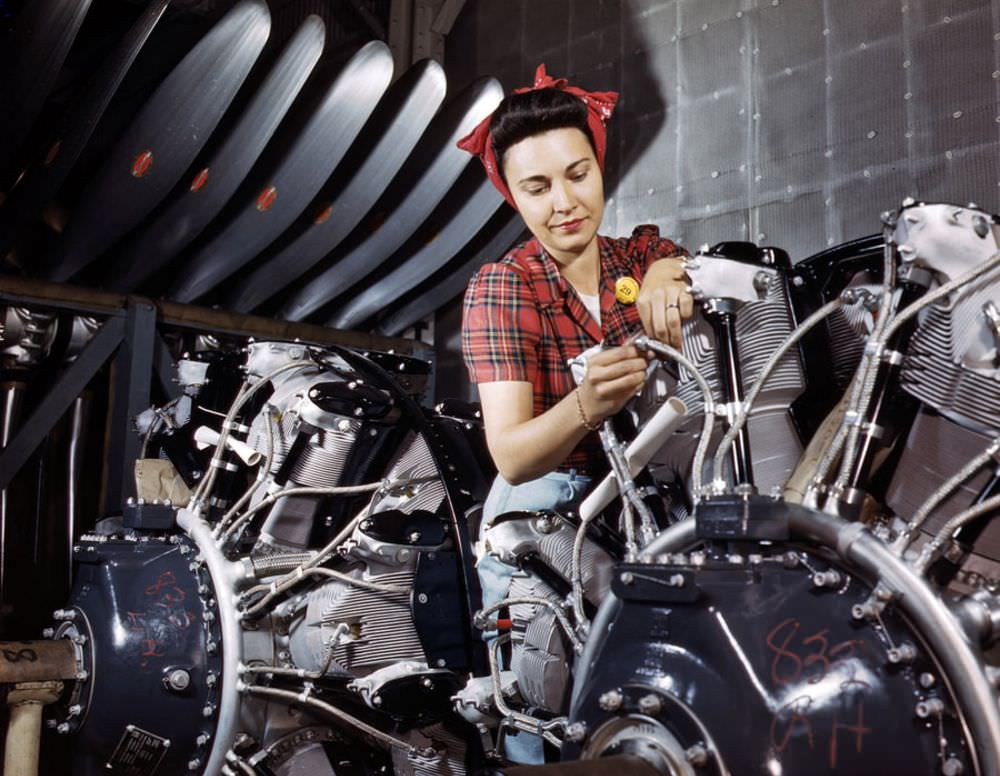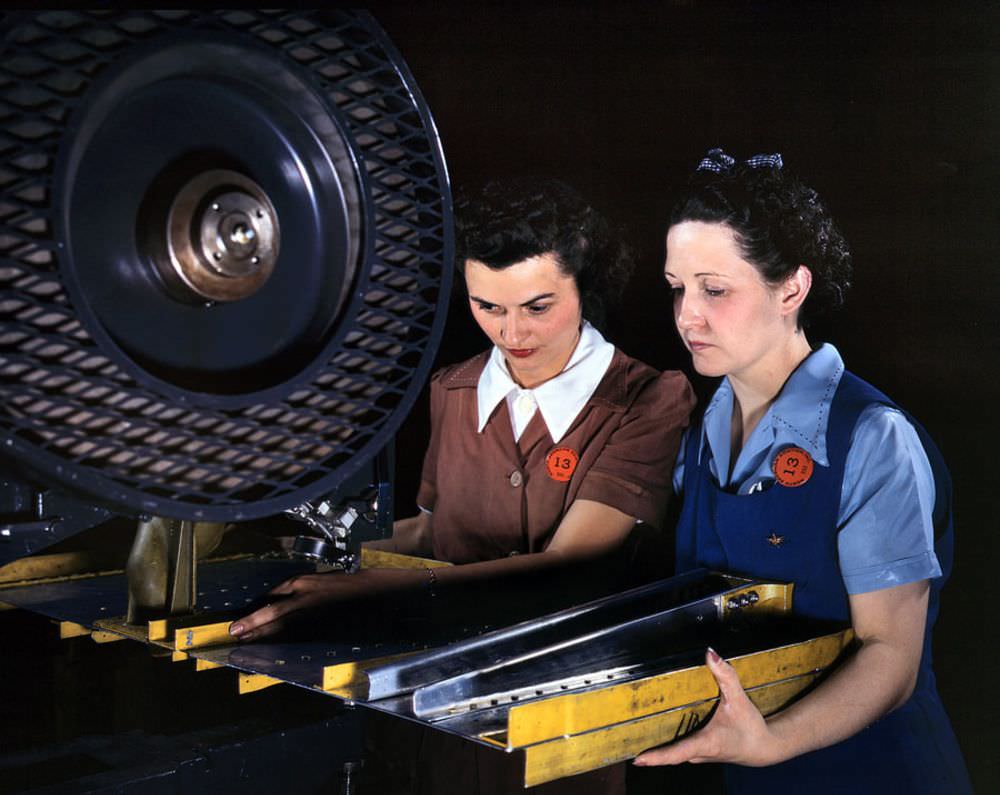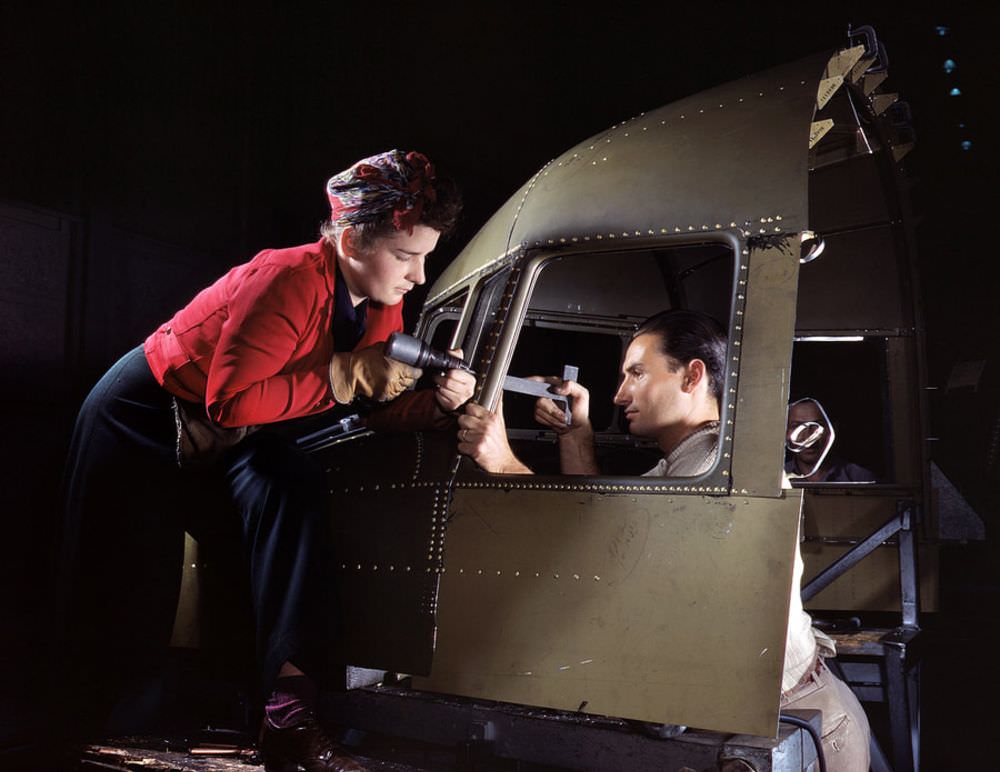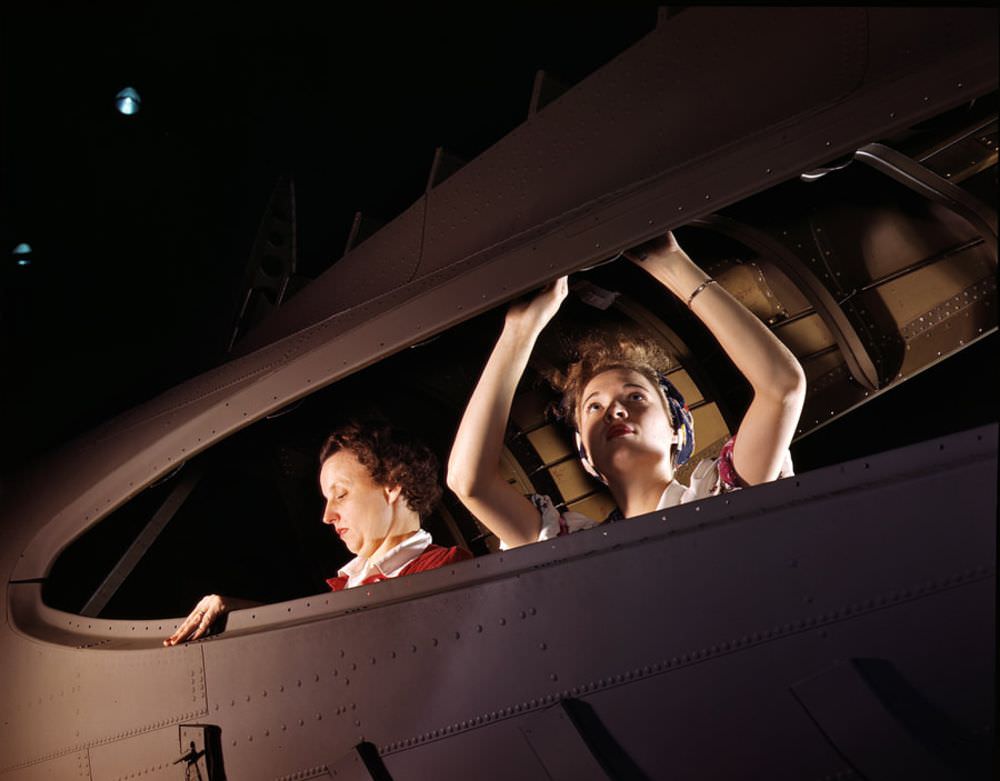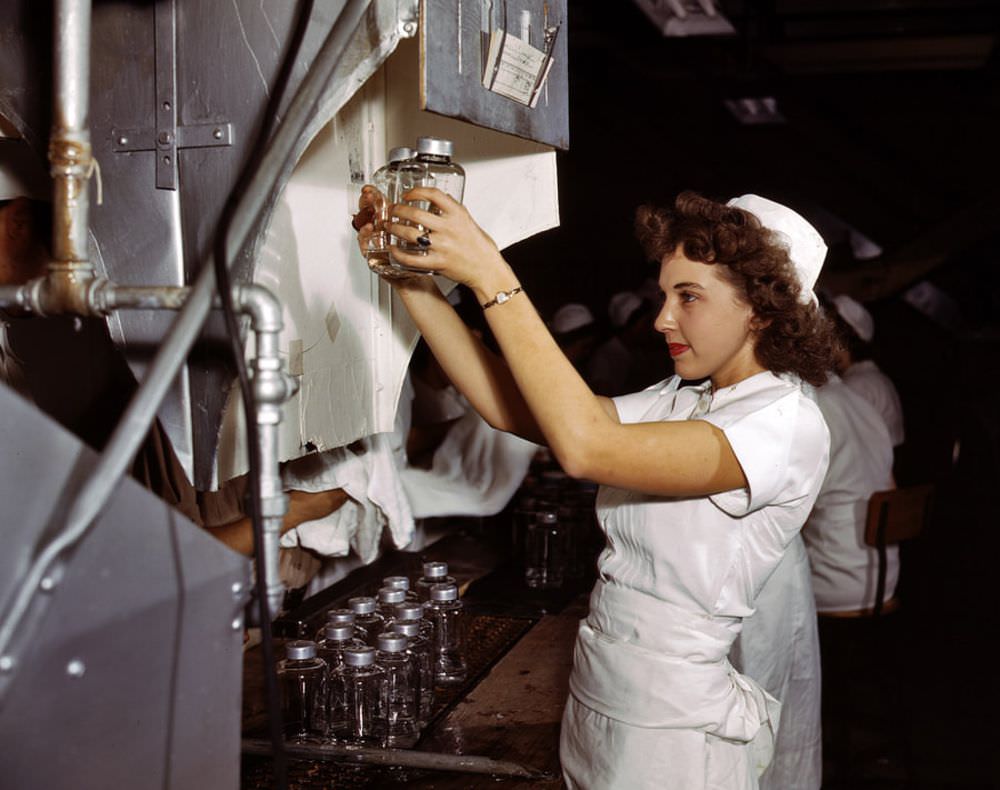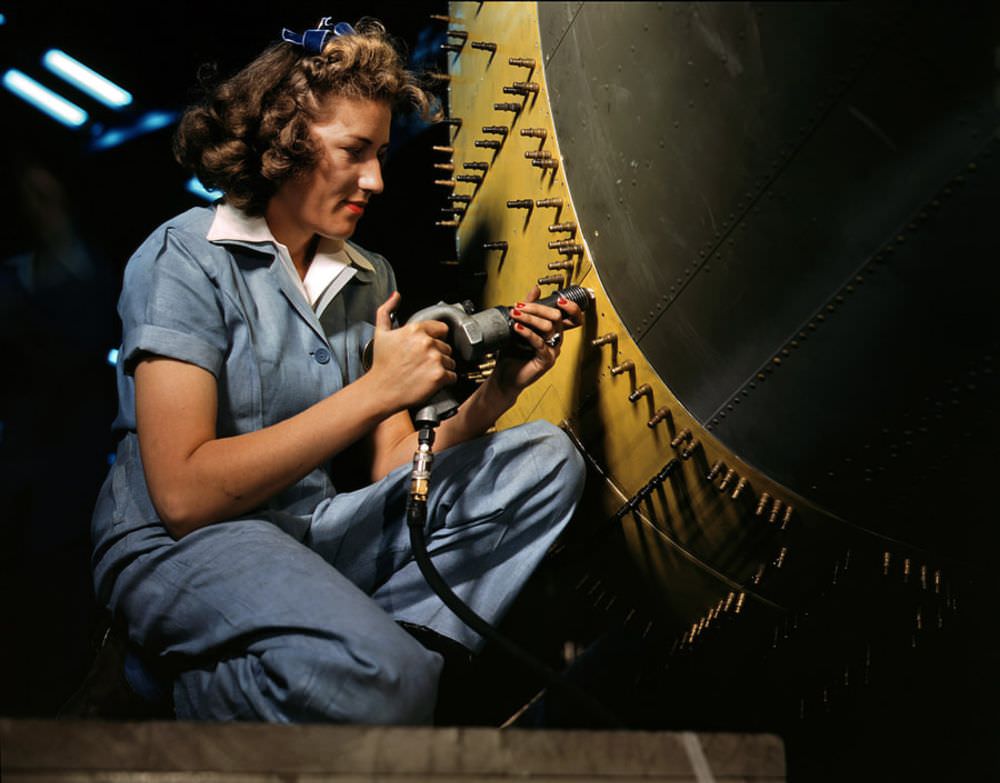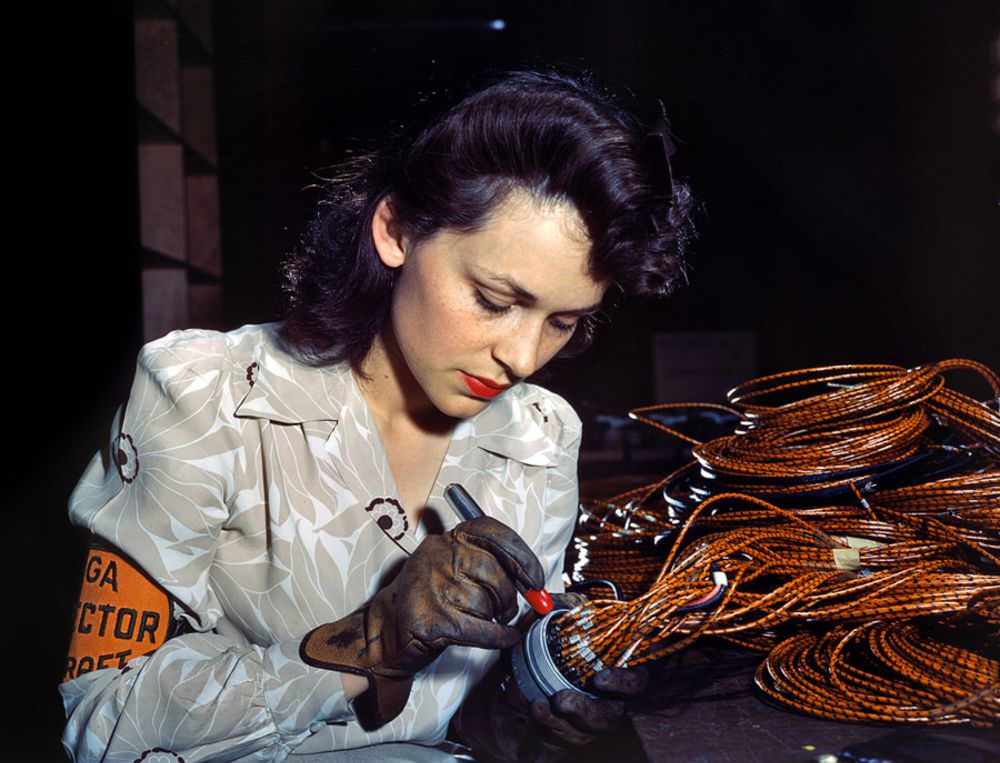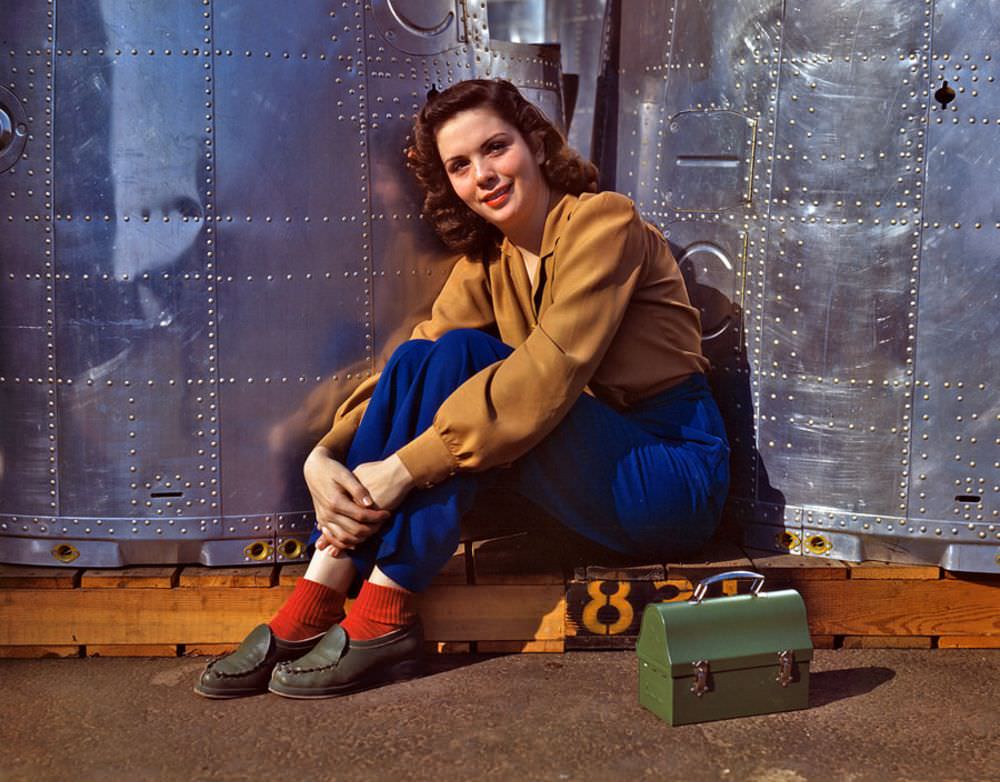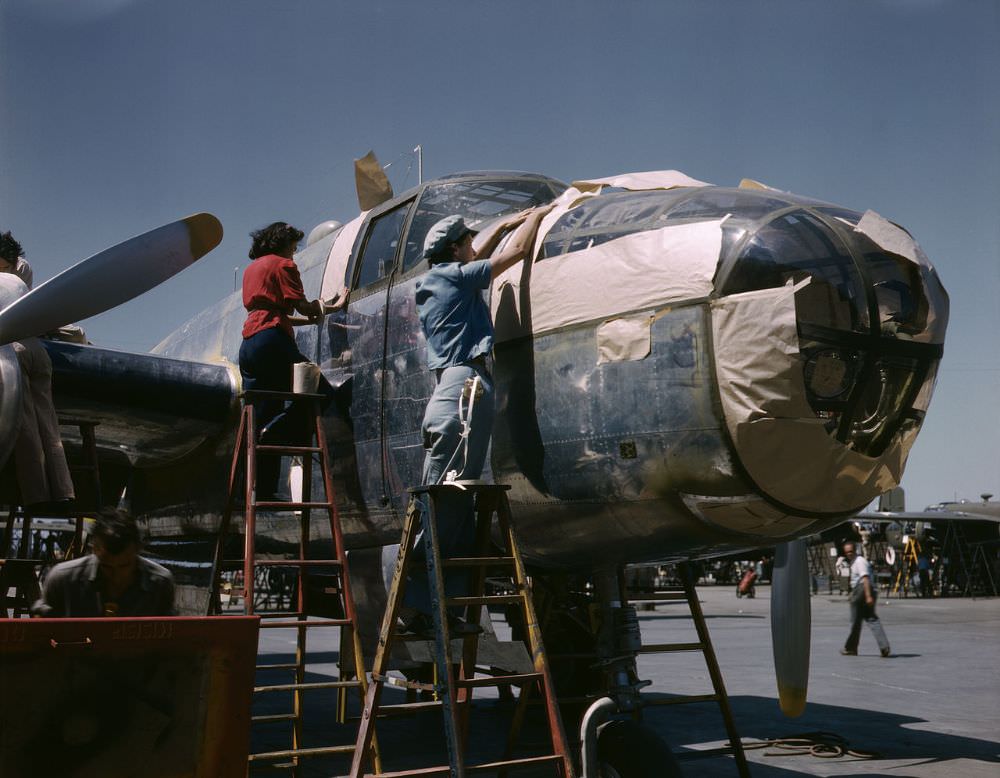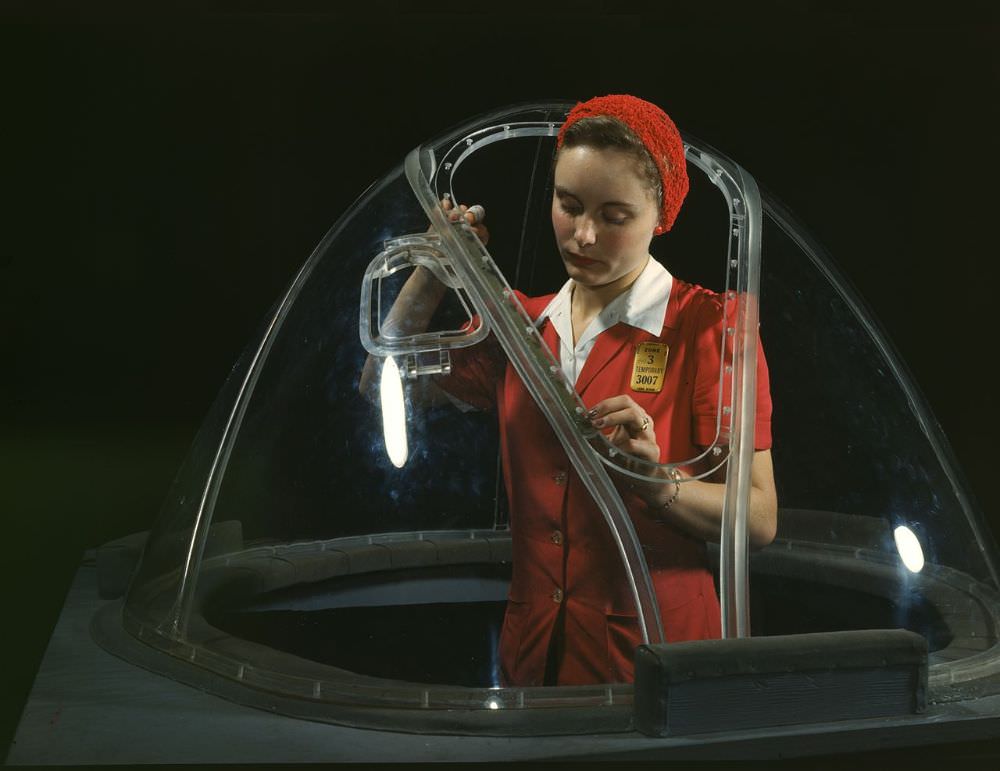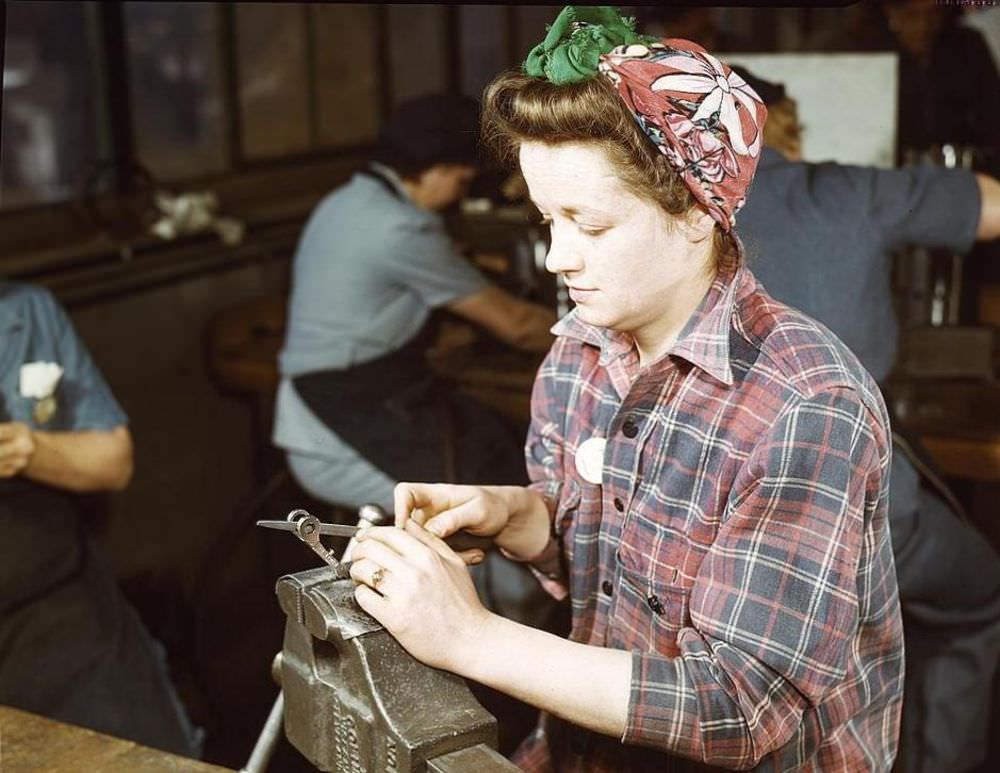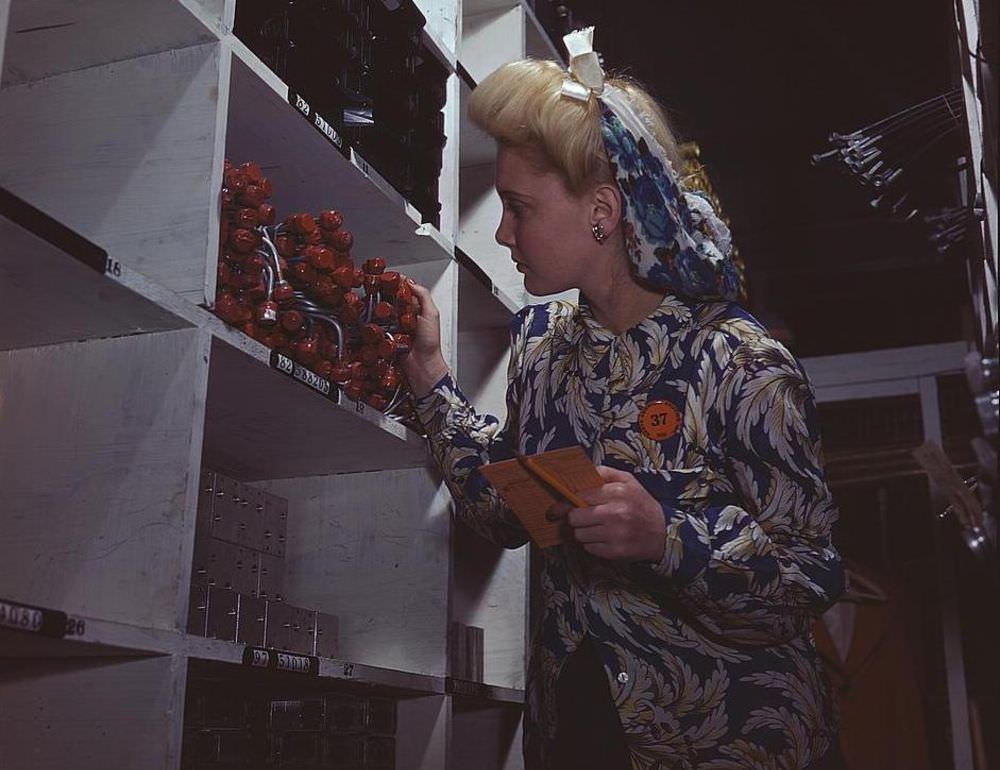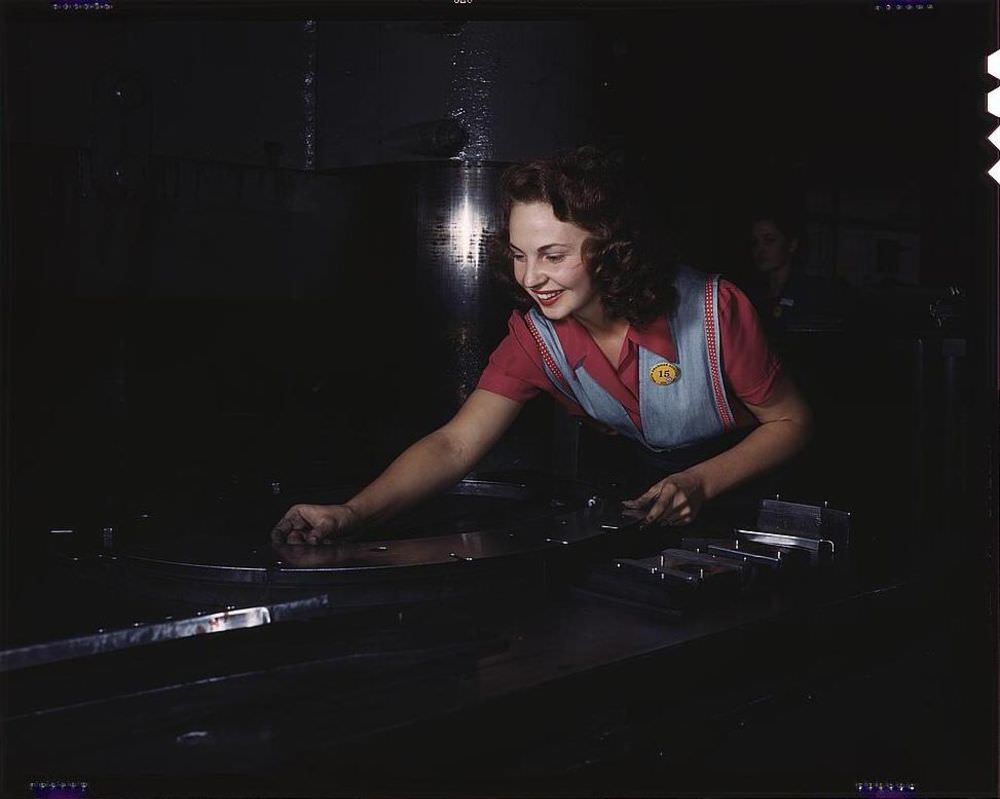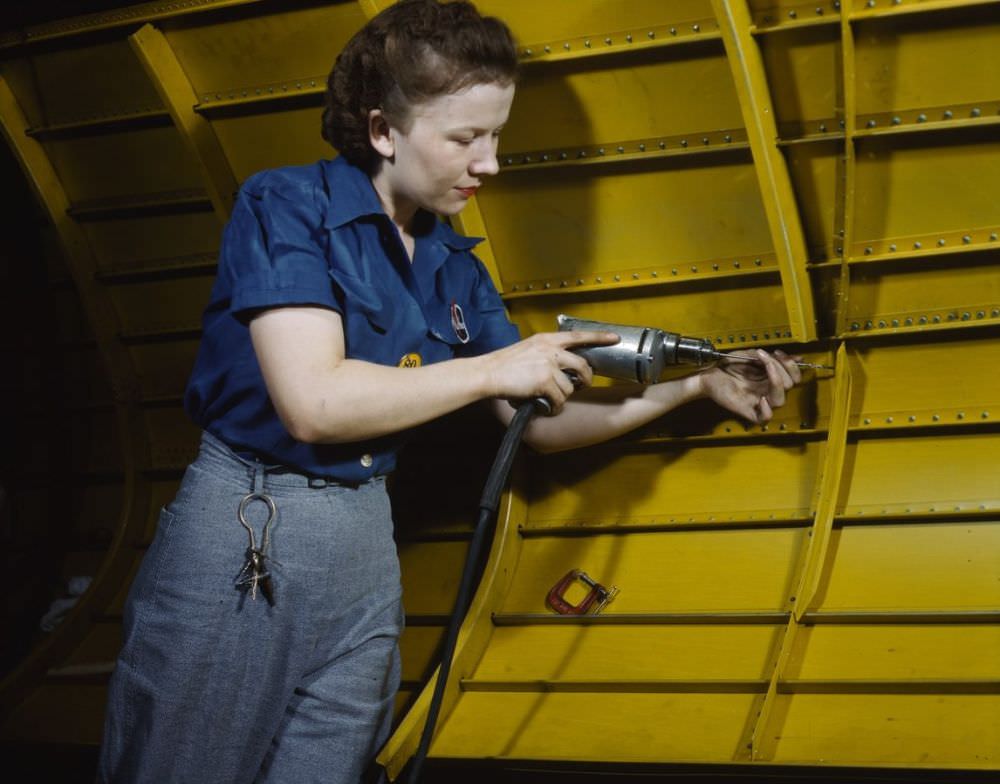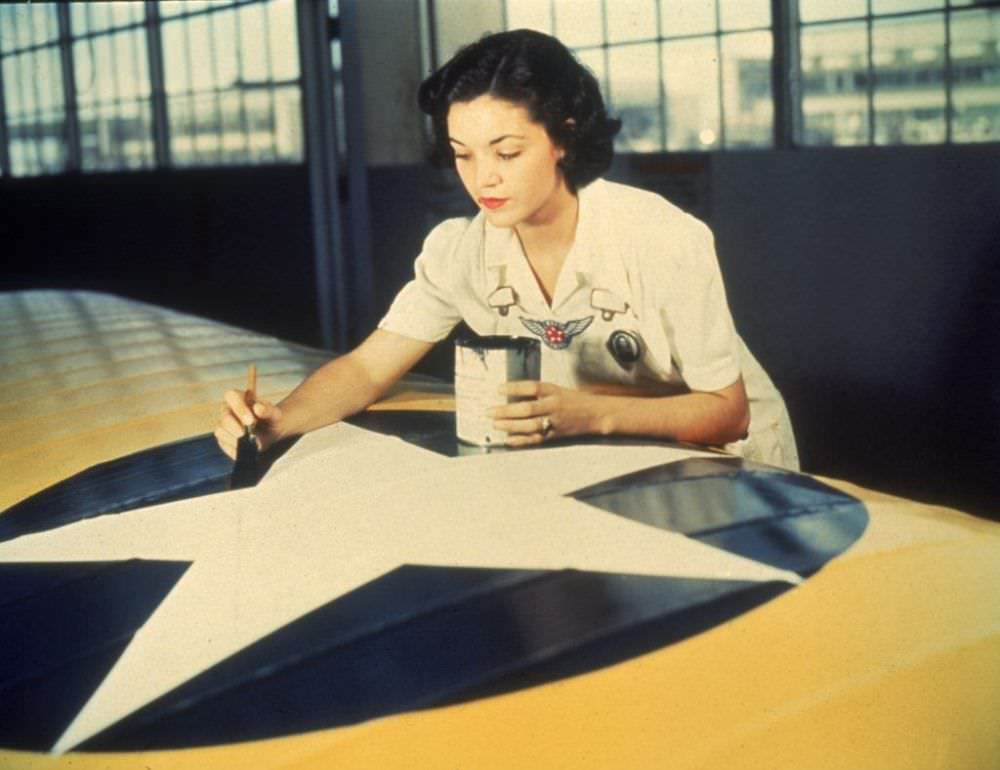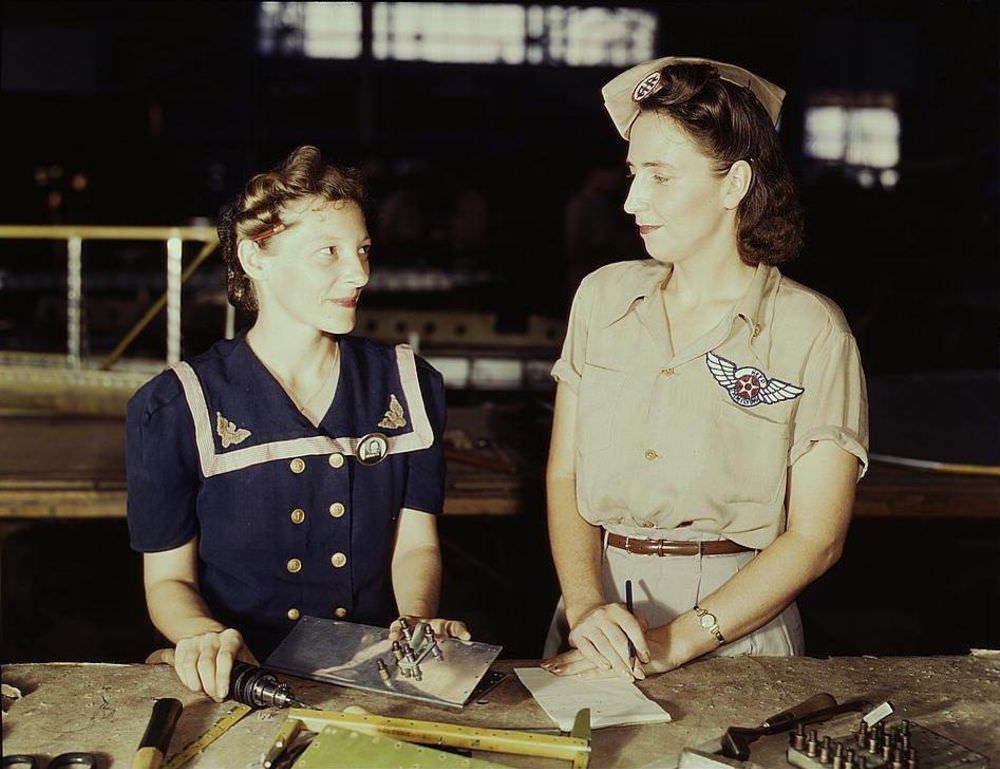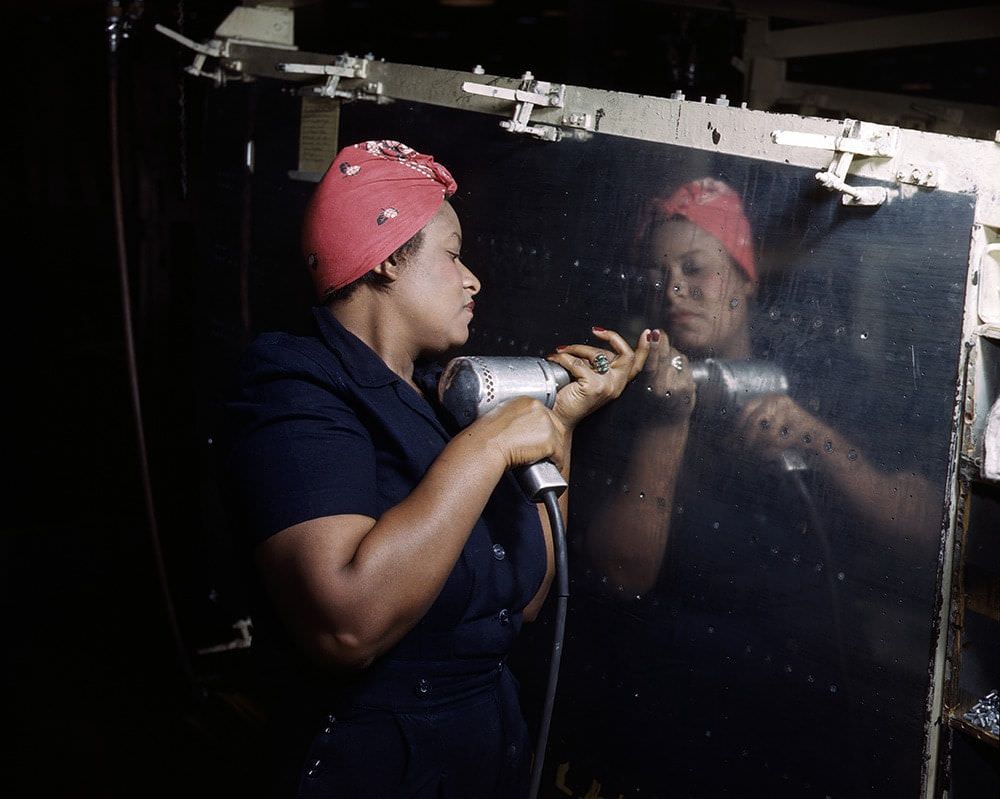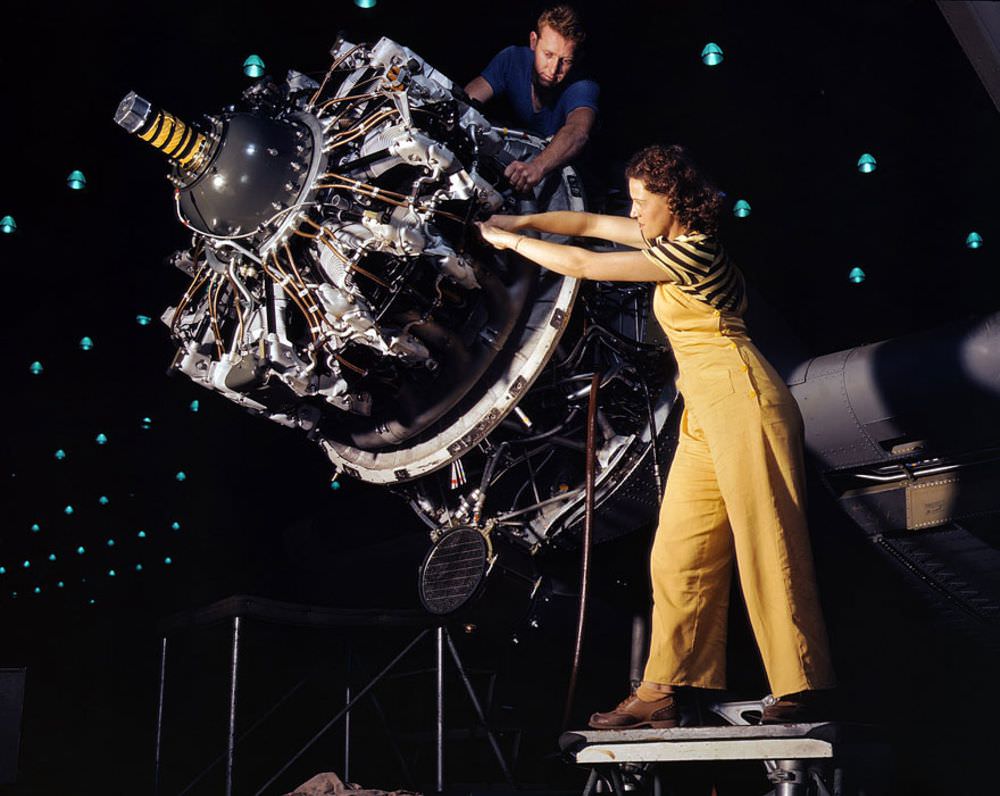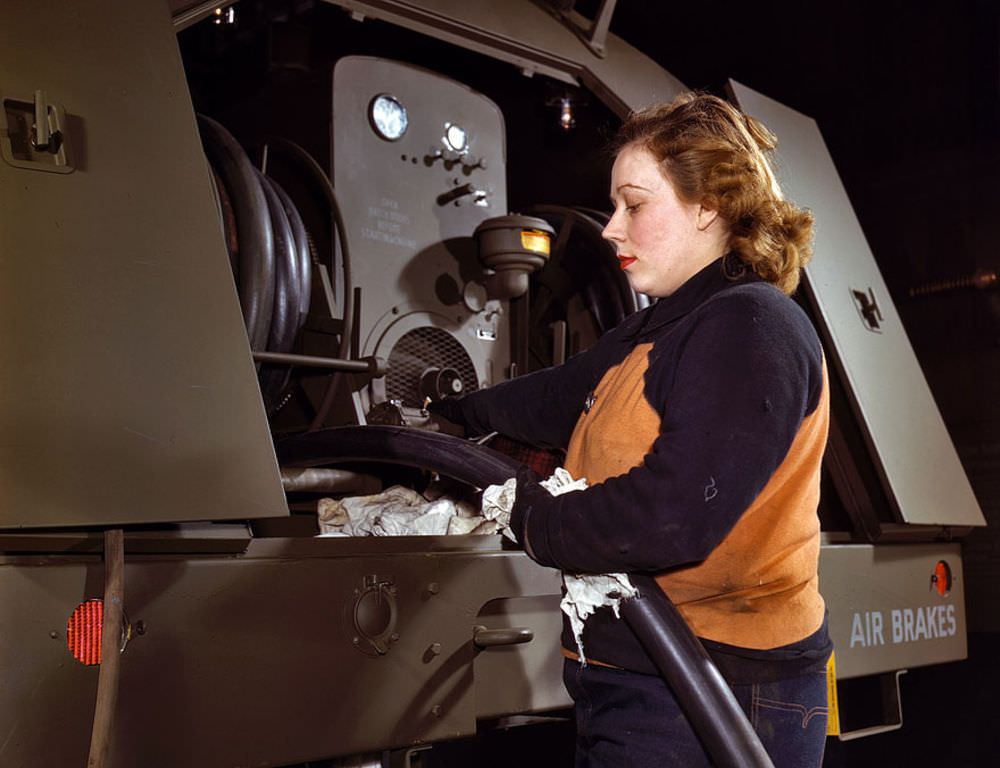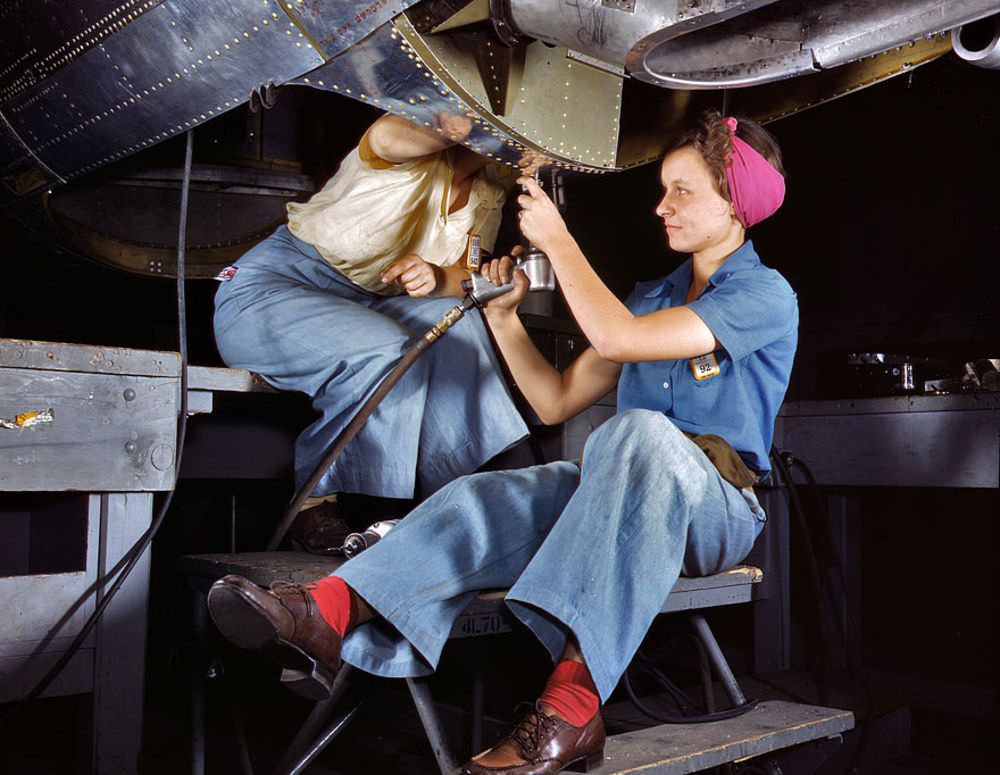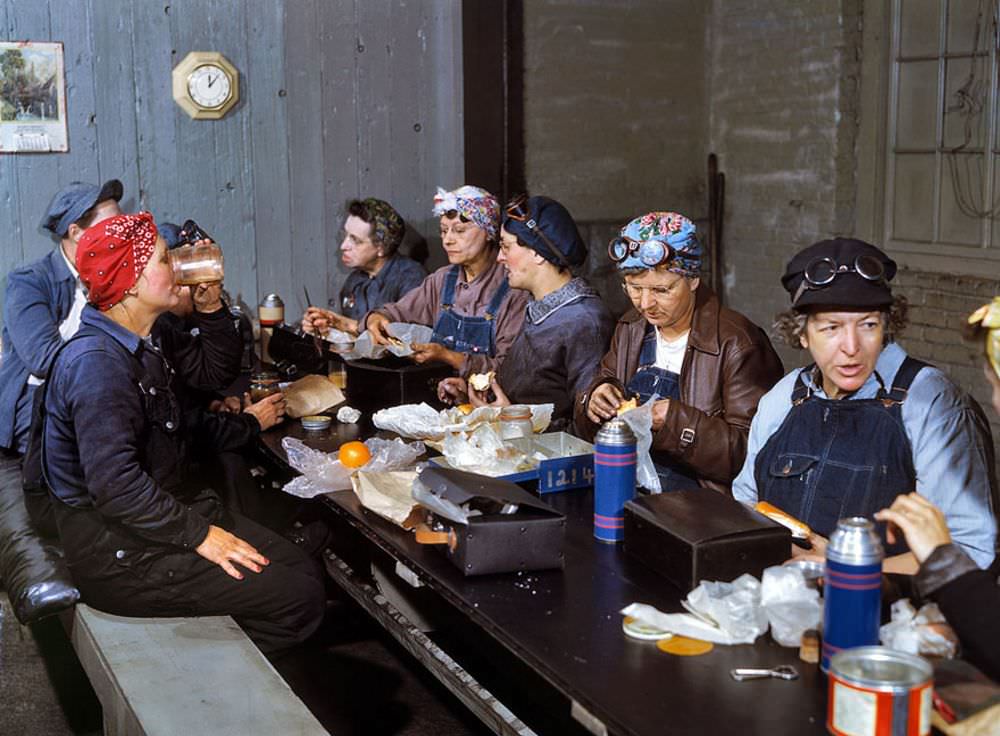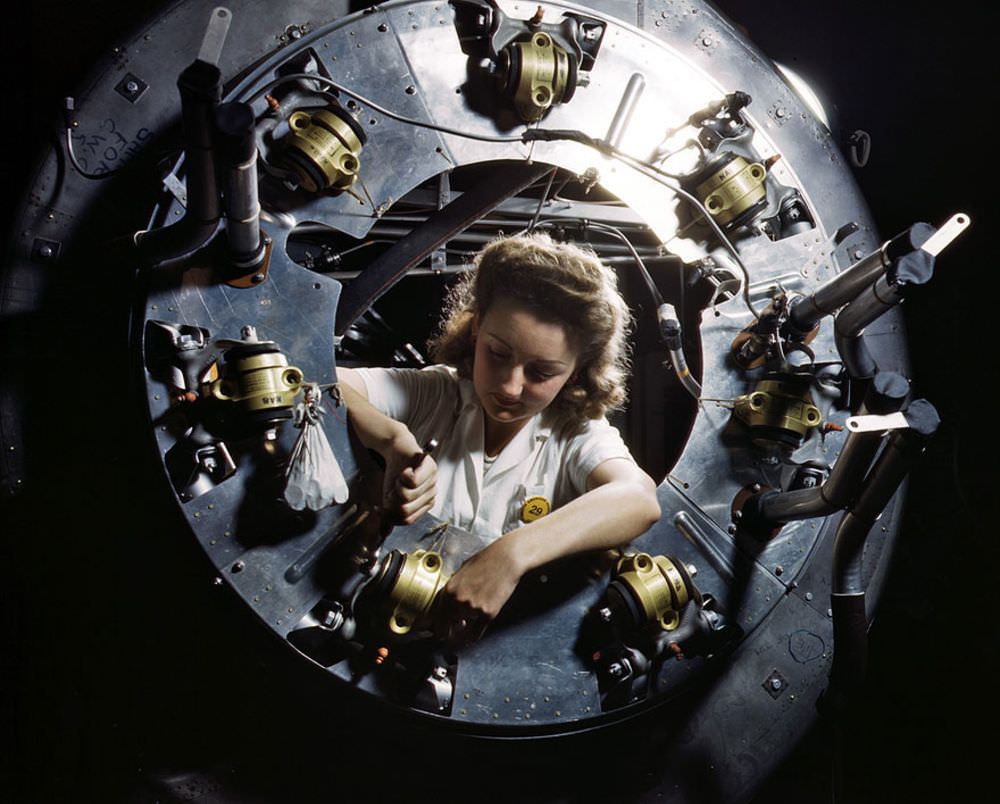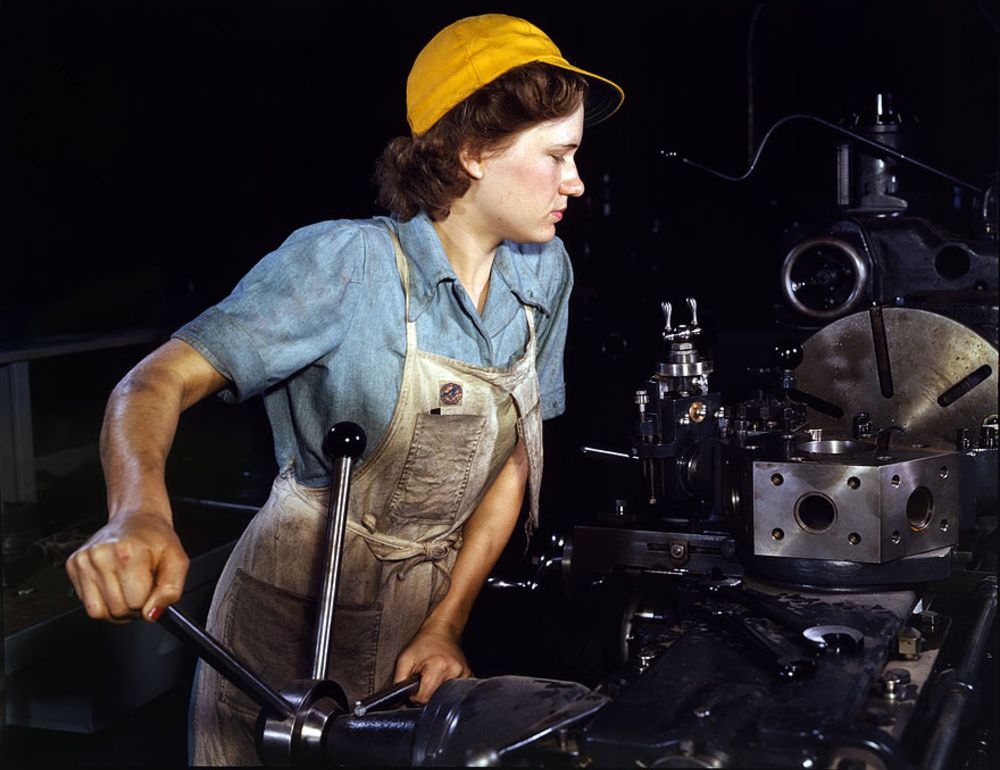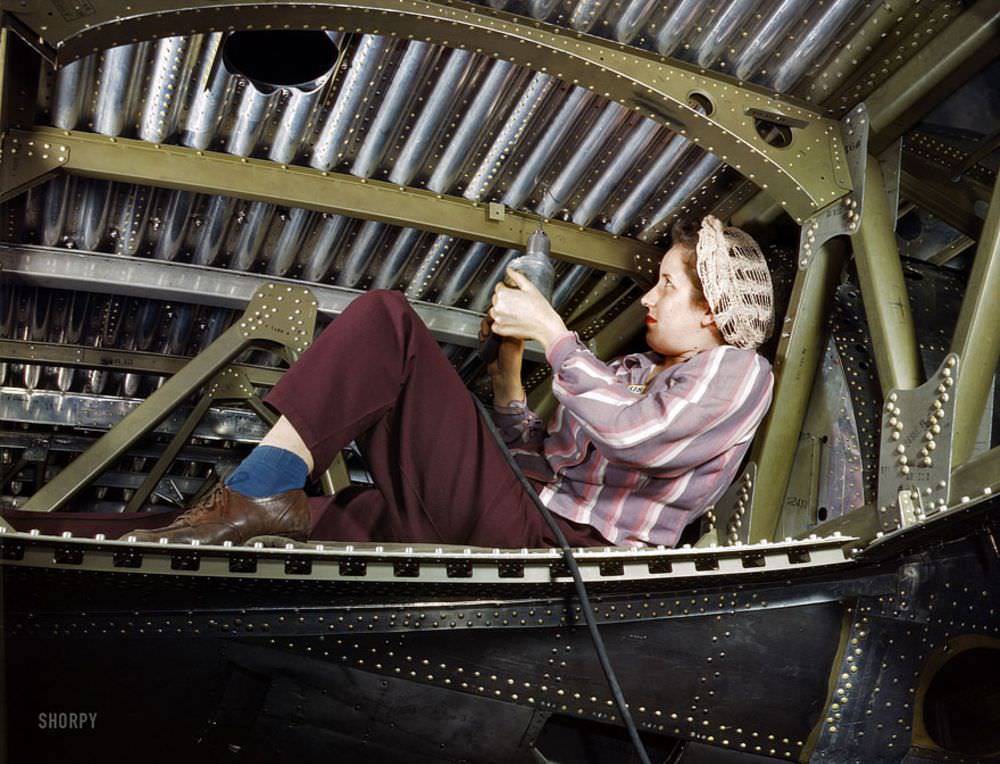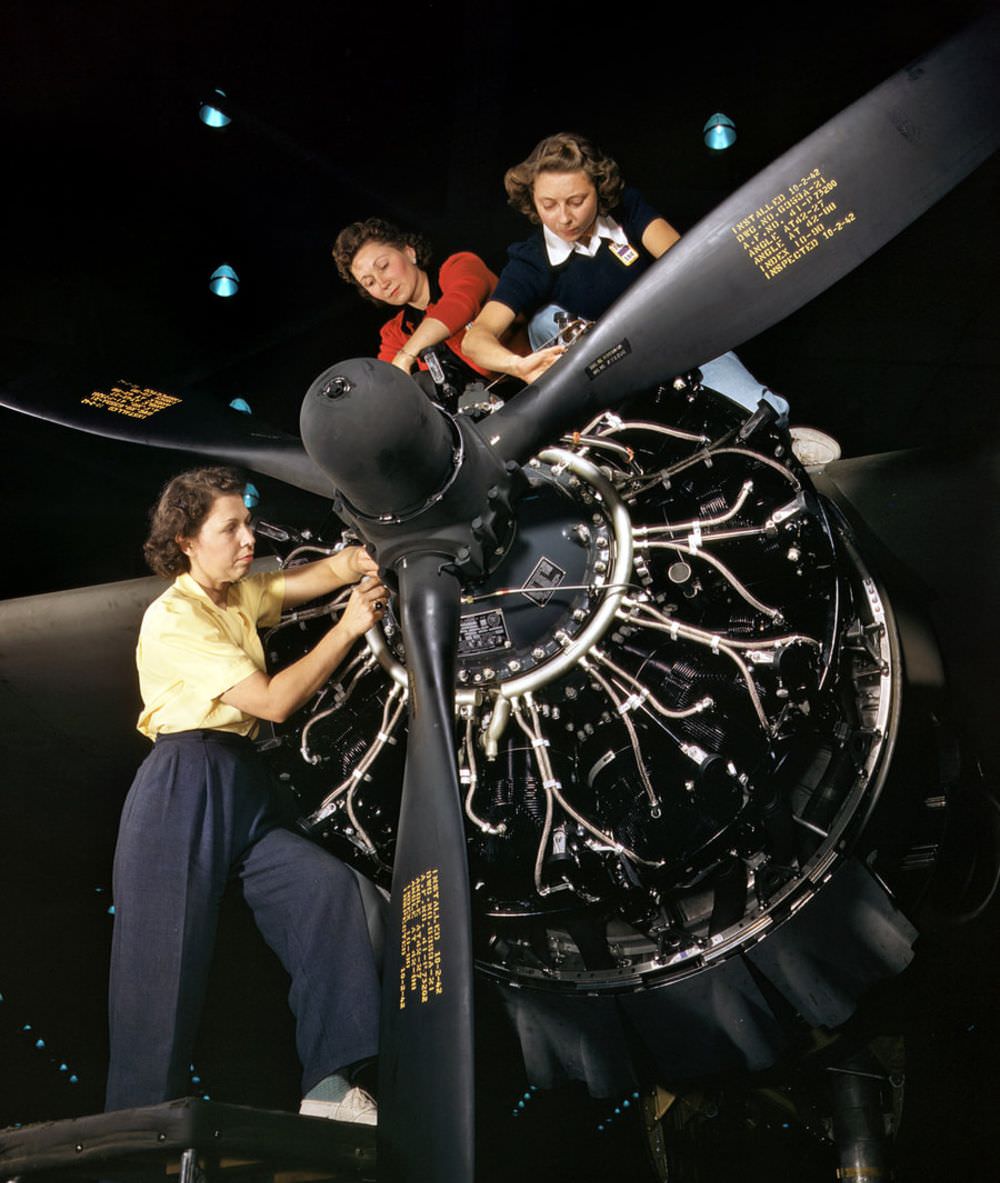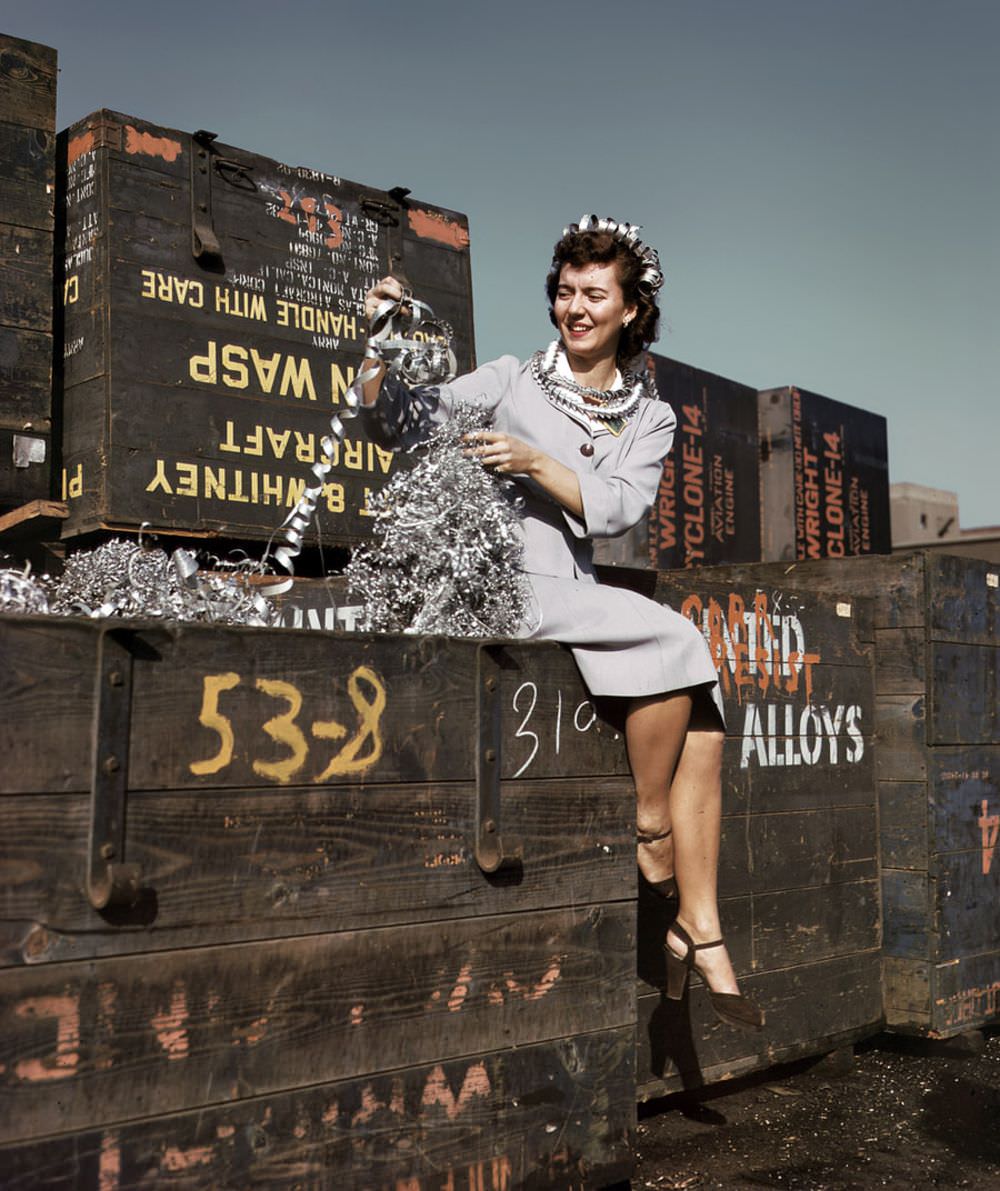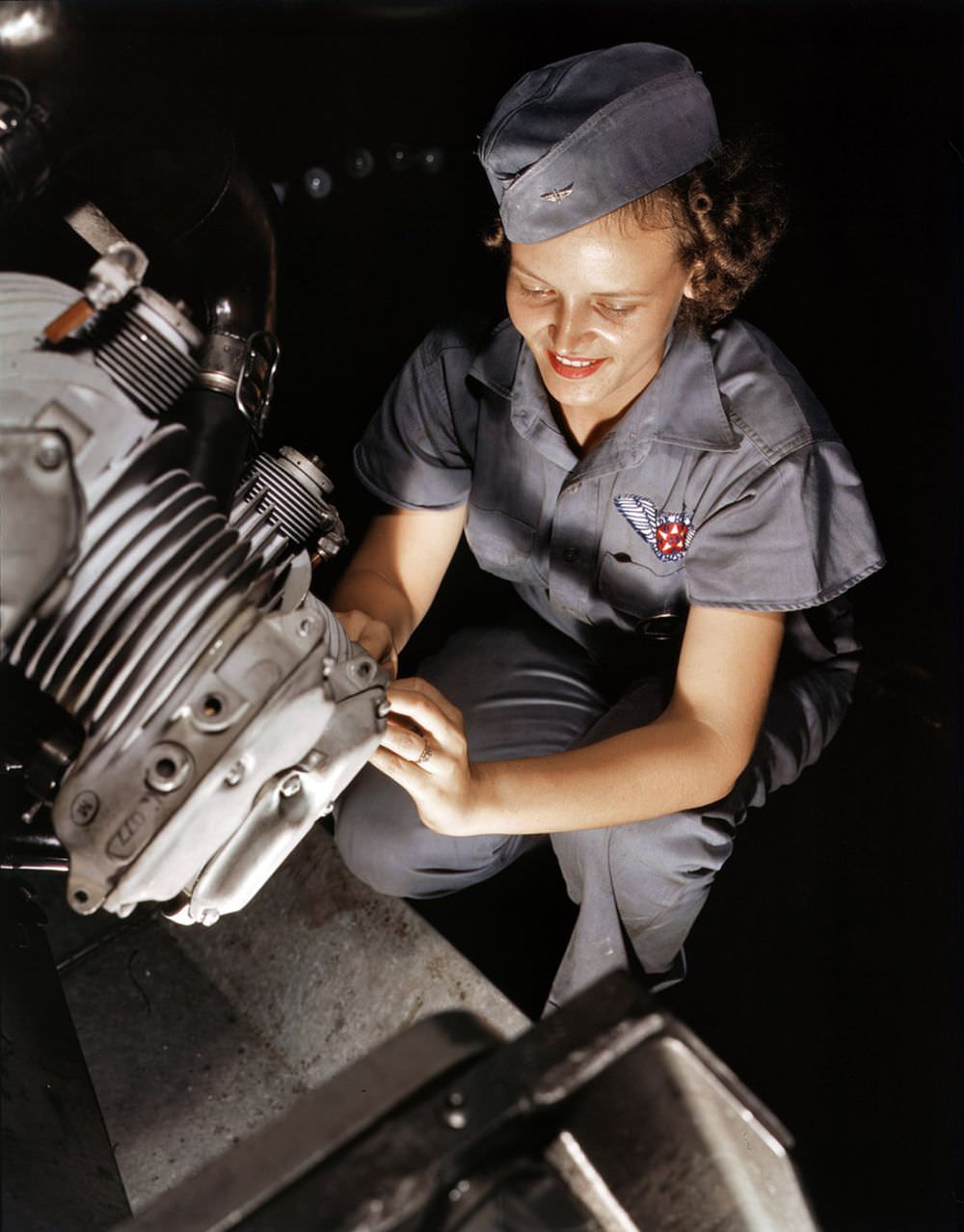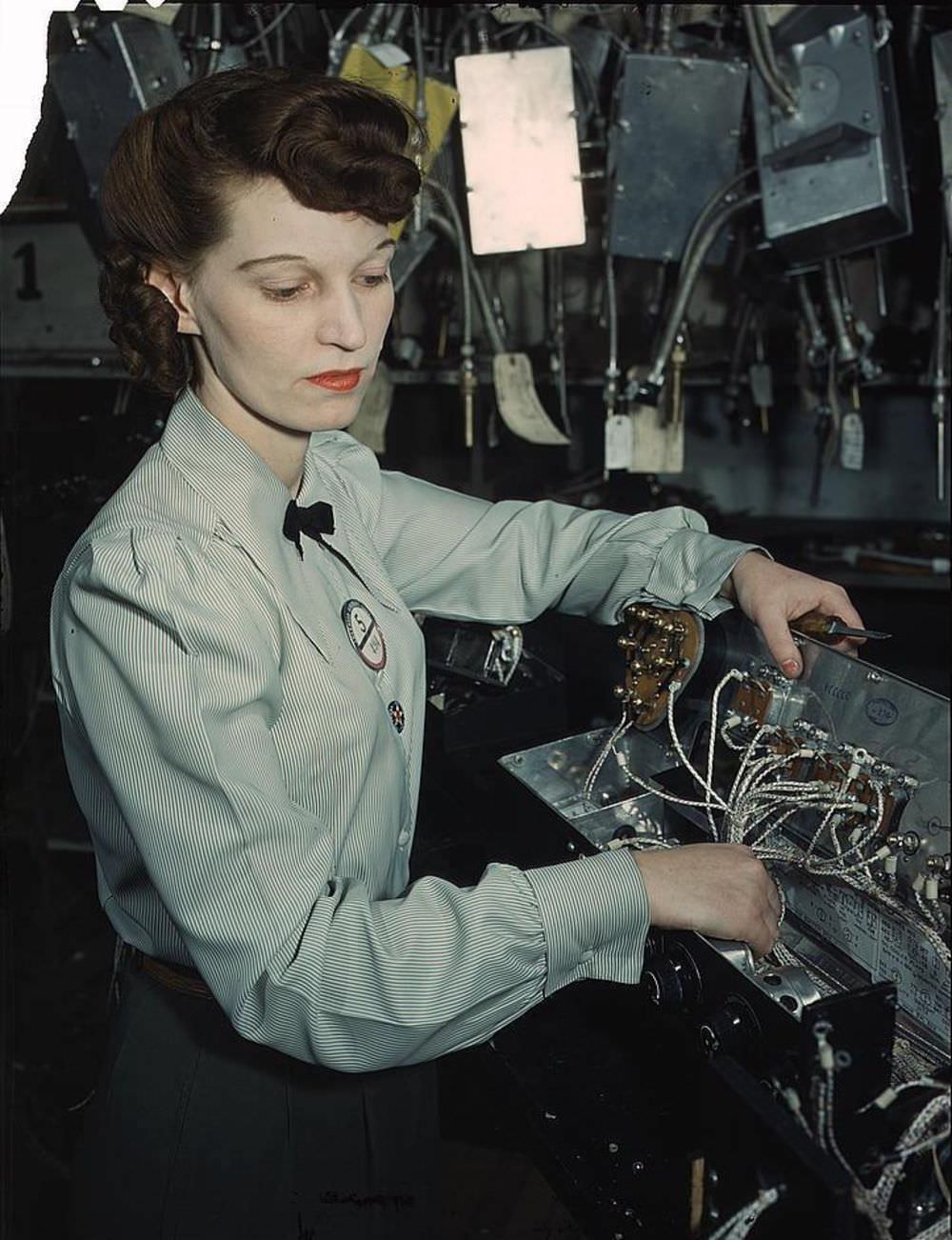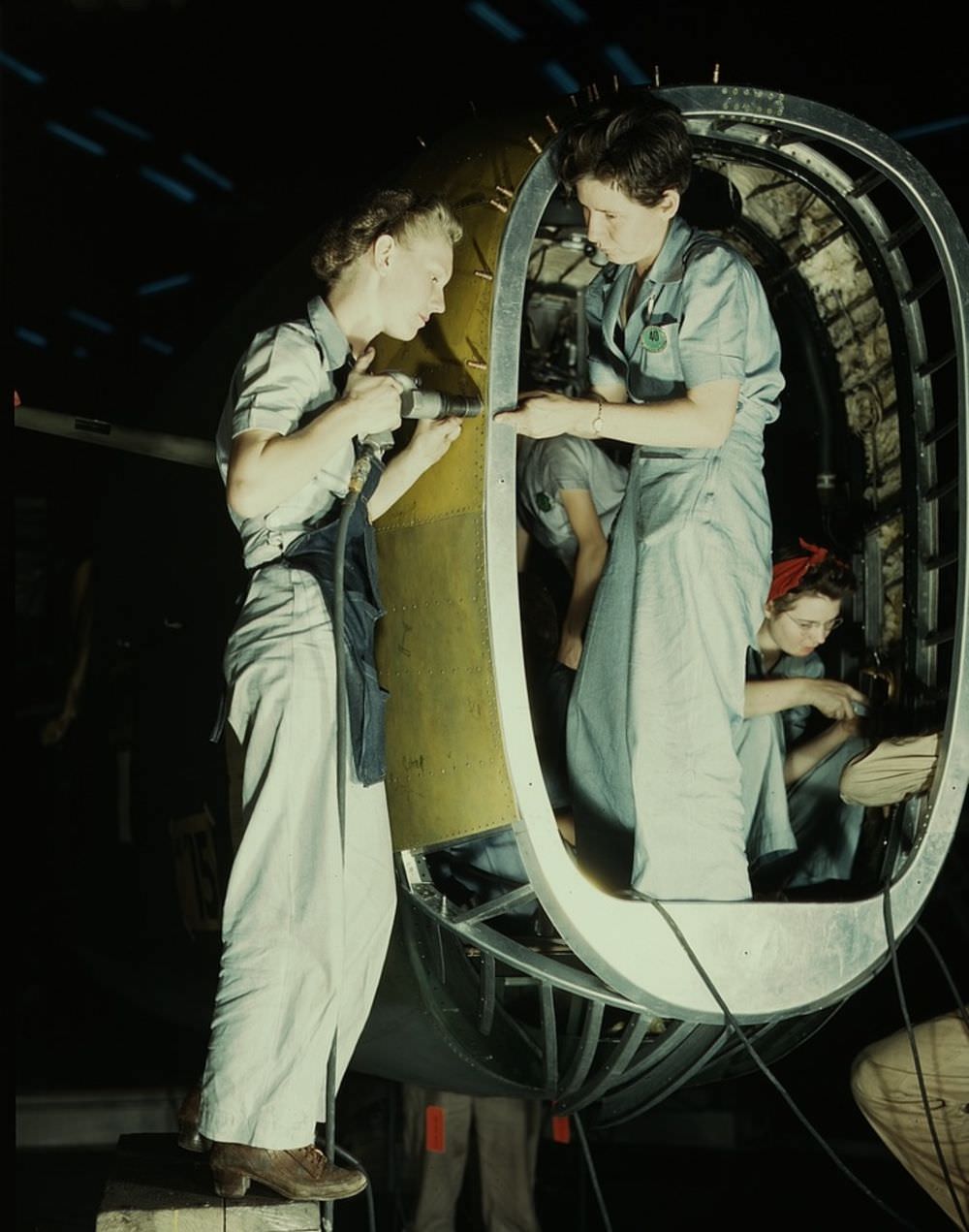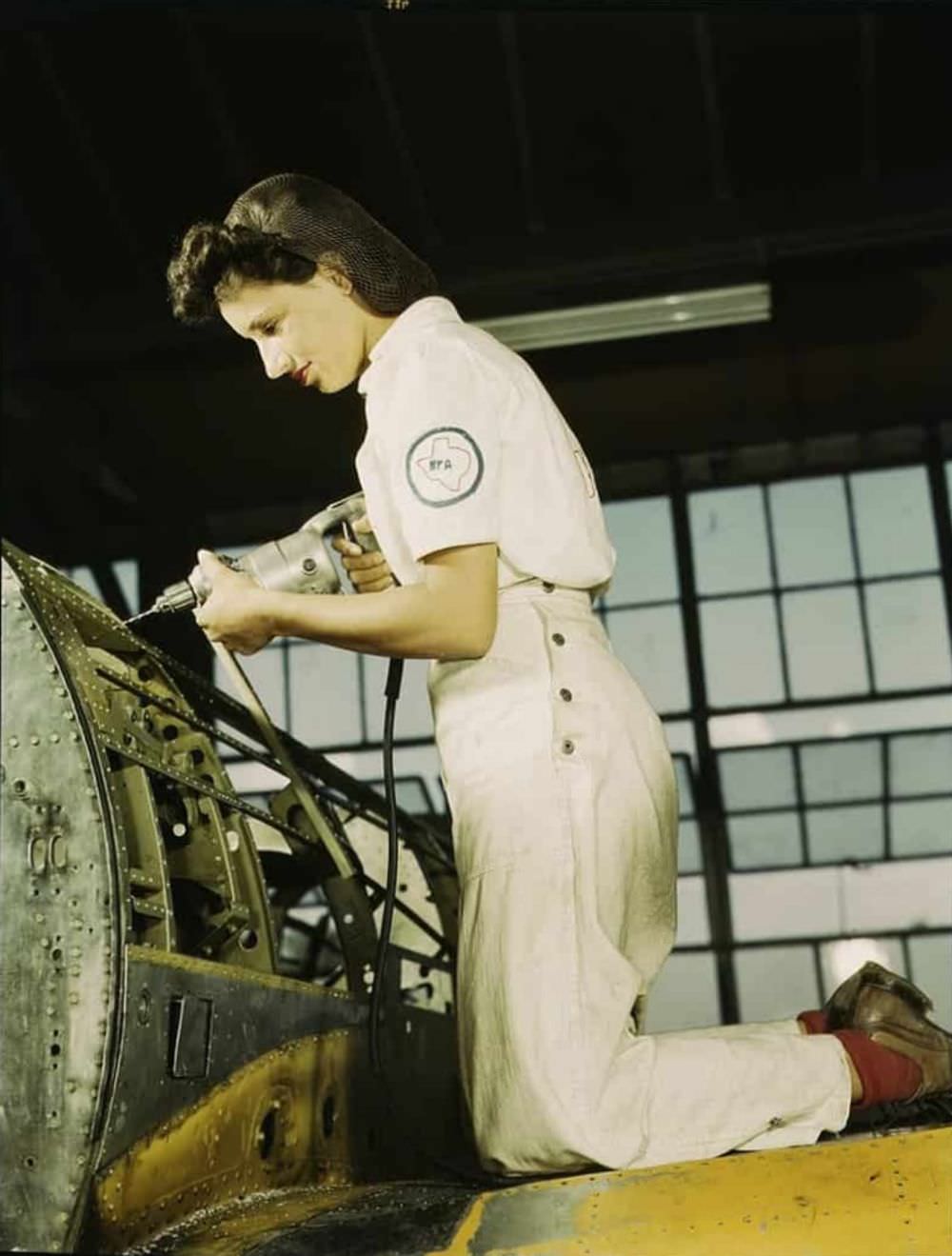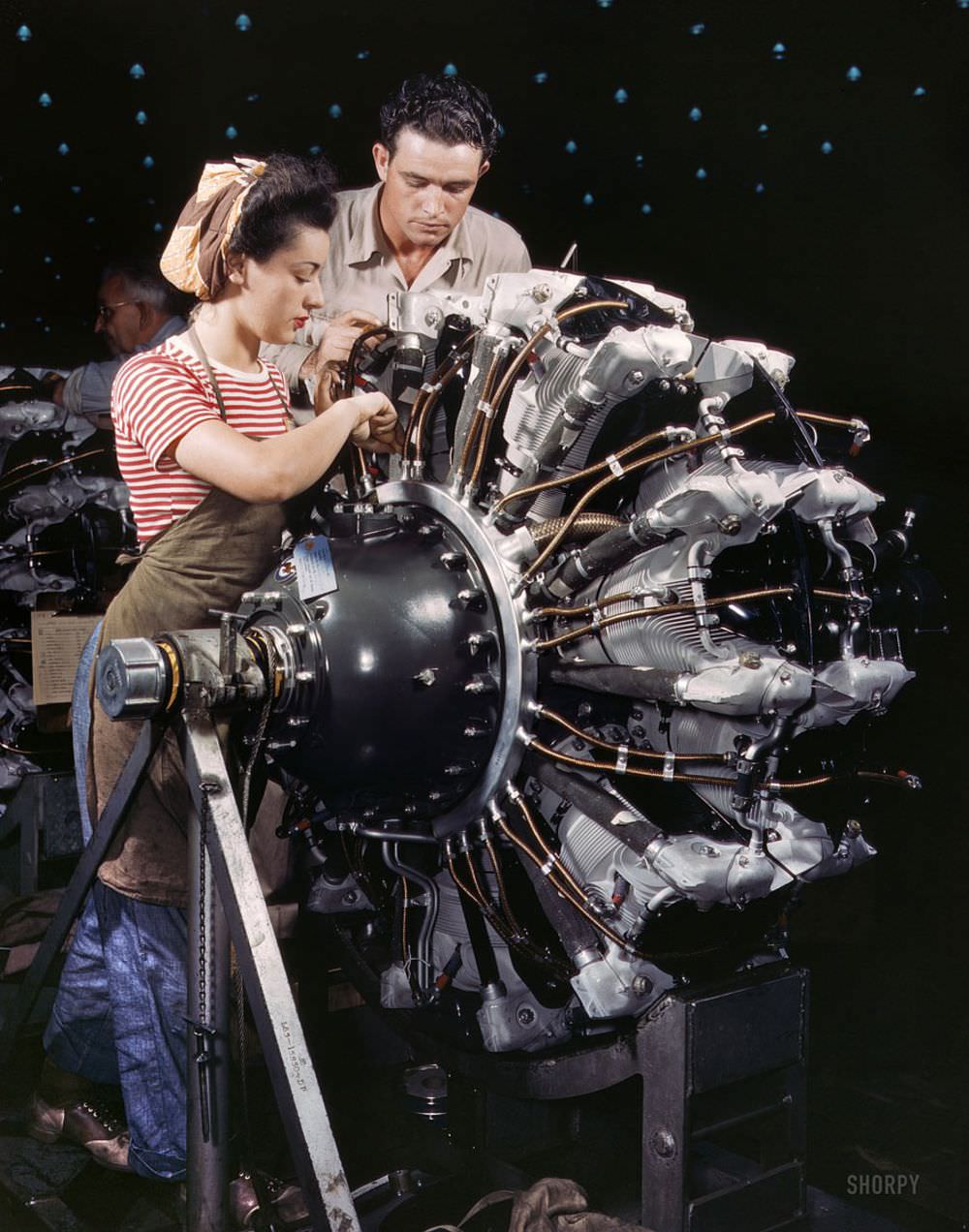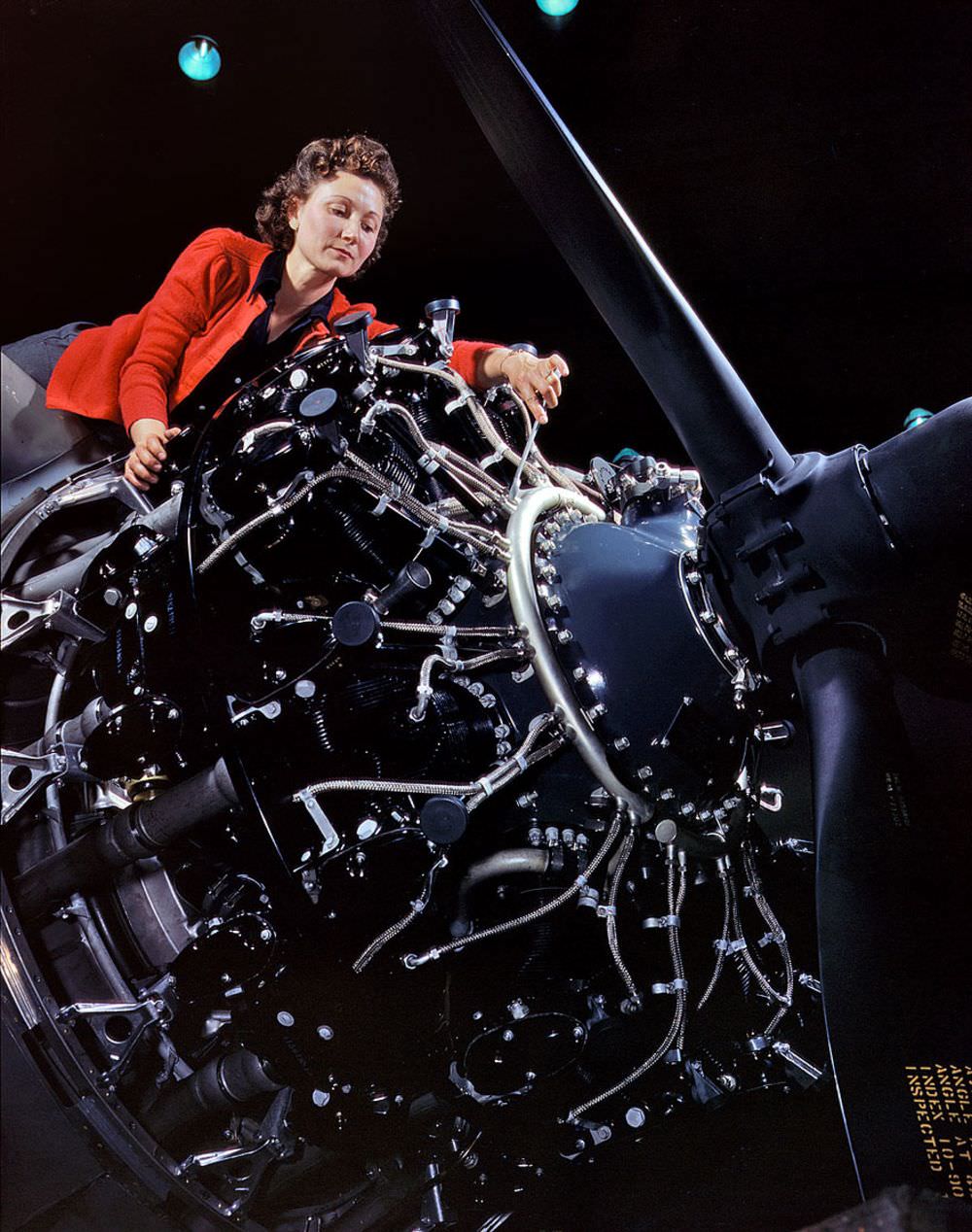World War II changed many things, including the role of women in the workforce. While “Rosie the Riveter” is a famous symbol, the real story is more complex. It involved a massive shift in how women worked. It also changed what jobs they held.
Before the war, many women worked, but primarily those from lower-income families. Many of these working women were from minority groups. Society held varied opinions about women working. Some believed women should only take jobs men didn’t want. Others felt women should stay home, especially during the Great Depression, to leave jobs for unemployed men. There was also a belief that middle- and upper-class women shouldn’t work at all.
When the United States entered World War II, millions of men went to fight overseas. This created a huge labor shortage at home. Factories needed workers to produce weapons, vehicles, and supplies. The government created the War Manpower Commission to address this. Its job was to recruit people for essential war industries. A major part of this effort focused on recruiting women.
Read more
The War Manpower Commission faced two main challenges. First, they needed to change some men’s minds about women in traditionally male jobs. Secondly, and perhaps more surprisingly, they had to convince many women themselves. Women had to rethink their own ideas about working outside the home.
Women stepped into roles that were previously held almost exclusively by men. They worked in factories, shipyards, and aircraft plants. They built airplanes, ships, and other vital war materials.
The city of Mobile, Alabama, provides a good example of this change. Around 90,000 workers moved to Mobile to work in wartime industries. Two major employers were shipyards: Gulf Shipbuilding and Alabama Dry Dock and Shipbuilding (ADDSCO). Another was the ALCOA aluminum plant. ALCOA in Mobile produced roughly 34% of the nation’s aluminum. This metal was crucial for building airplanes.
Men still worked in these Mobile factories. However, without women, these plants couldn’t have reached their high levels of production. Women were essential to the success of the war effort.
The types of jobs women held were diverse. They became welders, electricians, riveters, and machinists. These were skilled jobs that required training. Women proved they could handle physically demanding and technically complex work. The entry of all women into the workforce broke the traditional stereotypes.
The government and industries used propaganda to encourage women to join the workforce. Posters, films, and articles portrayed working women as patriotic and glamorous. This helped to change public opinion and motivate women to take on these new roles.
The number of women in the workforce in the US soared. By 1945, nearly one out of every four married women worked outside the home. Nearly 19 million women held jobs during the war. This represented a significant increase from pre-war levels.


